Which Brookfield Texture Analyzer Probe Should You Use?
The performance of a texture analyzer heavily depends on using the correct probe. The probe interacts directly with your sample — so choosing the right one ensures meaningful, repeatable results.
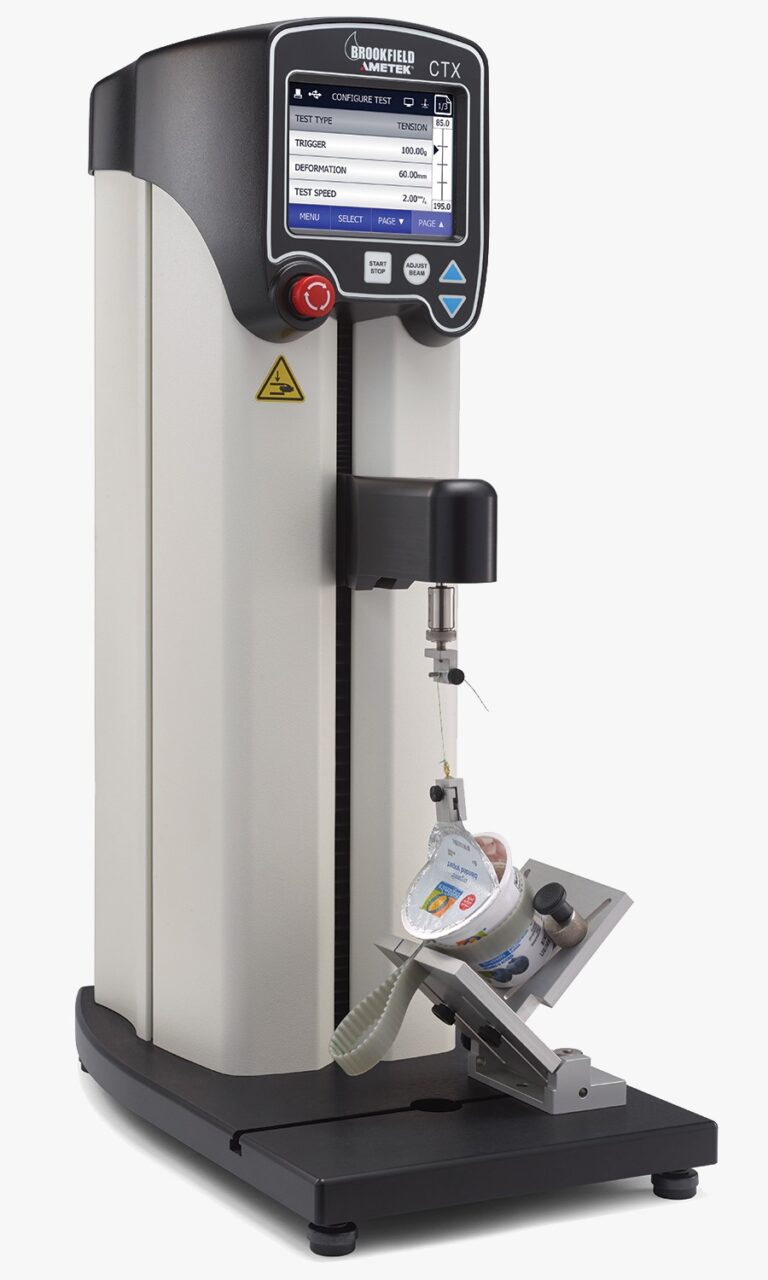
🔧 Common Probe Types & Their Applications
🥄 Cylinder Probes (TA4, TA5, TA11, etc.)

Use: Compression tests
Best For: Gels, puddings, butter, creams
Why: Simple shape distributes force evenly — ideal for firmness, spreadability, and consistency
💡 Cone Probes
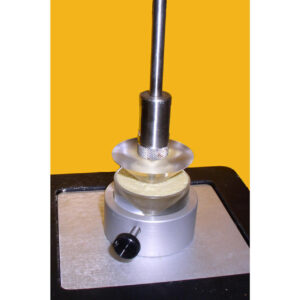
Use: Penetration & extrusion
Best For: Margarine, wax, lip balm, cheese
Why: Concentrates force at a point — great for resistance and hardness testing
💎 Spherical Probes
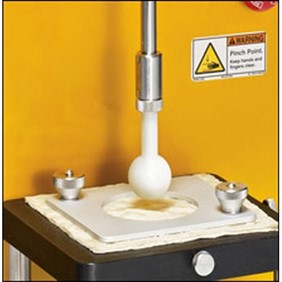
Use: Elasticity, springiness
Best For: Sponge cakes, bread, marshmallows
Why: Simulates finger press — helps evaluate bounce, resilience
⚖️ Flat Plate (TA25)
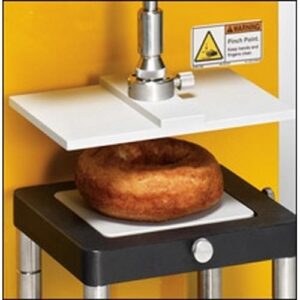
Use: Compression of uniform samples
Best For: Soaps, tablets, foam
Why: Uniform contact — good for hardness and compressibility
🍪 Wire Cutting & Blade Probes
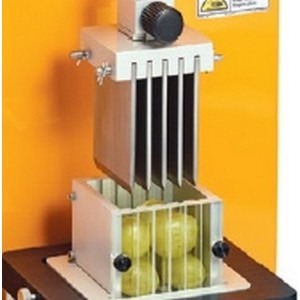
Use: Shear & fracture testing
Best For: Cheese, gummies, soap, plastic
Why: Measures resistance to cutting — ideal for chewiness, bite force
🎯 How to Choose?
Probe Type | Main Use | Key Applications |
Cylinder | Compression | Yogurt, butter, creams |
Cone | Penetration | Waxes, cosmetics, margarine |
Spherical | Springiness/Elasticity | Bakery, marshmallow, sponge cake |
Flat Plate | Hardness/Crushability | Soap bars, compact samples |
Blade/Cutting | Fracture/Chewiness | Cheese, gels, solidified materials |
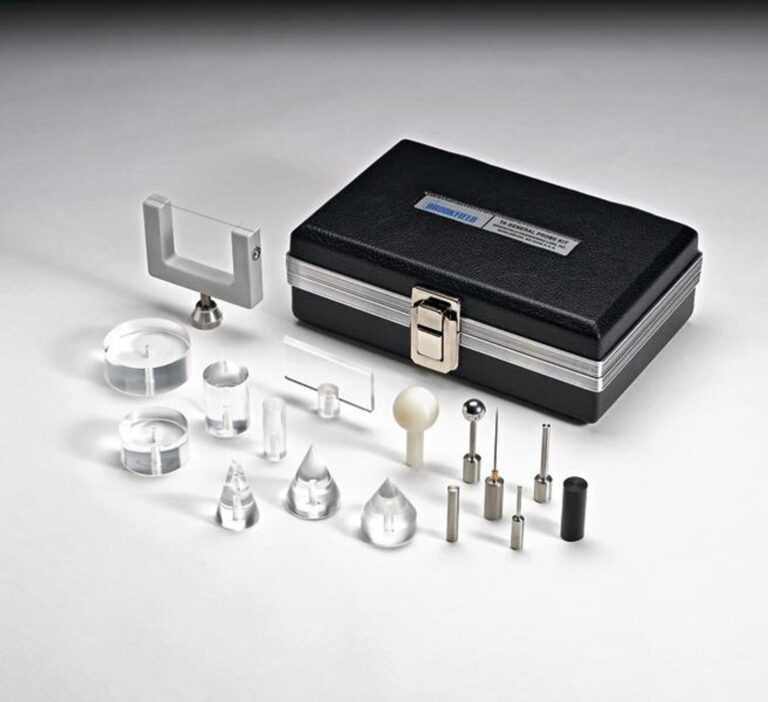
🧪 Pro Tip: Pair the right probe with matching test mode (e.g., compression, tension, TPA) and set a trigger force suitable for the sample’s sensitivity.
📎 Brookfield provides full probe & fixture details in their official accessory catalog and application notes.
🔍 Key Insights & Test Tips
- Know your test mode: Cylinder for compression, cone for penetration, blade for fracture, etc.
- Select the right trigger force for delicate vs. robust materials.
- Use TexturePro CT software for repeatable methods, graphing, and data collection.labomat.eu+3Adhesives Magazine+3mecomb.com+3
🎯 Why It Matters
Using the wrong probe is like using a hammer to cut cake — results may be inconsistent or misleading. Match probe type to sample (and test goal) to ensure publishable, repeatable data.
